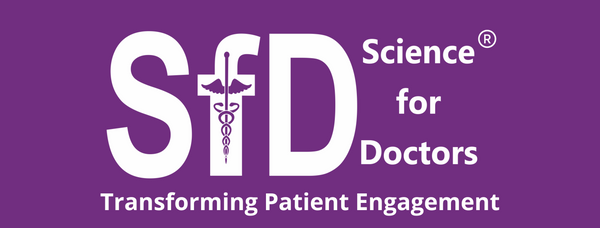
Epilepsy: Causes, Symptoms, and Treatment
Share
Epilepsy is a neurological disorder that affects millions of people worldwide, characterized by recurrent, unprovoked seizures. These seizures result from abnormal electrical activity in the brain, leading to temporary disturbances in movement, sensation, awareness, or behavior. In this blog, we will explore the causes, symptoms, and treatment options available for epilepsy.
What Causes Epilepsy?
Epilepsy can develop at any age and has multiple causes. Some of the most common factors include:
Genetic Influences: Some types of epilepsy run in families, suggesting a genetic predisposition.
Brain Injuries: Head trauma due to accidents or sports injuries can lead to epilepsy.
Stroke and Brain Tumors: Any disruption in normal brain function, including strokes and tumors, can trigger epilepsy.
Infections: Meningitis, encephalitis, and other brain infections may result in epilepsy.
Developmental Disorders: Conditions like autism or neurofibromatosis may increase the risk of epilepsy.
Recognizing Epileptic Seizures
Seizures vary widely in their presentation, depending on the part of the brain affected. The two main types of seizures are:
Focal Seizures: Affect only one part of the brain and may cause unusual sensations, repetitive movements, or confusion.
Generalized Seizures: Involve both hemispheres of the brain and include different forms such as:
Tonic-Clonic Seizures: Loss of consciousness, muscle stiffening, and jerking movements.
Absence Seizures: Brief lapses in awareness, often mistaken for daydreaming.
Myoclonic Seizures: Sudden, brief muscle twitches.
Atonic Seizures: Loss of muscle tone, causing sudden falls.
Diagnosis of Epilepsy
Diagnosing epilepsy requires a thorough medical evaluation, including:
Medical History & Symptom Analysis: Understanding the nature and frequency of seizures.
Electroencephalogram (EEG): Records electrical activity in the brain to detect abnormal patterns.
MRI & CT Scans: Helps identify structural abnormalities in the brain.
Blood Tests: Rule out other conditions that may cause seizures.
Treatment Options for Epilepsy
Managing epilepsy involves various treatment strategies tailored to each individual:
Medication:
Anti-epileptic drugs (AEDs) are the primary treatment for epilepsy and help control seizures in about 70% of patients.
Medications are chosen based on the seizure type, age, and overall health of the patient.
Surgery:
For patients who do not respond to medication, surgery may be an option to remove the affected brain area responsible for seizures.
Dietary Therapy:
The Ketogenic Diet (high-fat, low-carbohydrate diet) has shown effectiveness in reducing seizures, particularly in children with drug-resistant epilepsy.
Vagus Nerve Stimulation (VNS):
A device implanted under the skin sends electrical impulses to the brain to reduce seizure frequency.
Lifestyle Modifications:
Maintaining a regular sleep schedule, managing stress, and avoiding seizure triggers (such as alcohol or flashing lights) can help reduce episodes.
Living with Epilepsy
Epilepsy is a manageable condition, and with proper treatment and lifestyle adjustments, many people with epilepsy lead fulfilling lives. Support groups and educational resources can help patients and caregivers understand and navigate this condition better.
🚀 Explore Epilepsy Educational Tools: Epilepsy Products
By spreading awareness and advancing medical research, we can continue improving the quality of life for individuals with epilepsy. If you or someone you know has epilepsy, consult a healthcare professional for guidance and treatment options.
